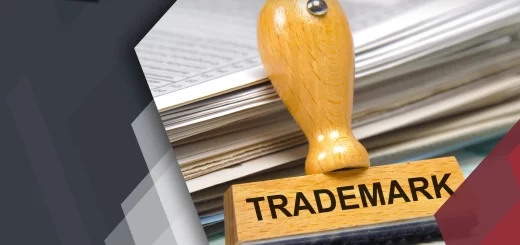General Tips for Invalidity Search
A patent invalidity (or patent validity) search is, usually, conducted to invalidate a patent that has been or may be asserted, for example, as a defense when facing a patent infringement suit. Sometimes, a validity search may be conducted even when no lawsuit has been filed, to identify potential attackers and/or references that challenge the presumption of validity of a subject patent, or to pro-actively assess the validity of a patent prior to enforcing it.
A Validity/invalidity patent search requires extensive examination of the validity or invalidity of a patent in light of the prior art. The validity/invalidity search report includes the details of potential patent and non-patent literature (along with bibliographic details) and mapping of the competitor patent claims to the relevant text of the potential literature.
Some general tips for conducting an invalidation search, are provided below. But by no means, this list is complete; and should only be used as a general reference. Invalidity Search
- Understand the subject and claims to be invalidated:
It is very important to fully understand what the technical and patent issues are. One important consideration during a validity search is claim interpretation. Because validity searches are performed on patents that have already been examined and allowed, a broad interpretation of the allowed claims is necessary to find further relevant art. A detailed reading of file wrapper and prosecution history at the start of search may help with clear interpretation of the claim(s) which needs to be invalidated. Invalidity Search
- Search broadly:
Many important business decisions are based on such validity/invalidity searches. A missed prior-art could cost companies millions in patent infringement suits, or product development costs. Therefore, one must search to the broadest possible extent, whenever possible and be creative in using resources and developing strategies using all available resources. When available, start with prior work such as patent office search reports, prosecution histories, opposition proceedings, and litigation proceedings. Invalidity Search
- Concentrate on the details:
Invalidity searching often requires examination of the loads of patents and literature documents by searchers. Examination of prior art may require considerable interpretation to ensure comparison of “apples to apples” and not “apples to oranges.” The searcher’s detailed analysis might involve transformation of units of measure, and evaluation of the specification text, tables, figures, and chemical formulas, especially in the examples. The searcher should focus on the specific matters (for example, specific dependent claims, etc.) as per the case requirements.
- Know when to stop:
Invalidity searches cannot go on indefinitely as all projects have a limited budget and times constraints. So the searcher must clearly understand these constraints and develop search strategies accordingly. Invalidity Search
- Report what the client needs:
It is very important to report the results in a concise and easy to understand manner. Though one may be tempted to cite all references that have been found in the search, even if those are not particularly relevant; however, these references lead to nothing for the client and thus should not be included. Most of the times, a report including a brief explanation of the found reference and bibliographic information may be sufficient. It is also important to report in a non-characterizing format because your comments could end up being used against your client and result in very detrimental results. Invalidity Search




